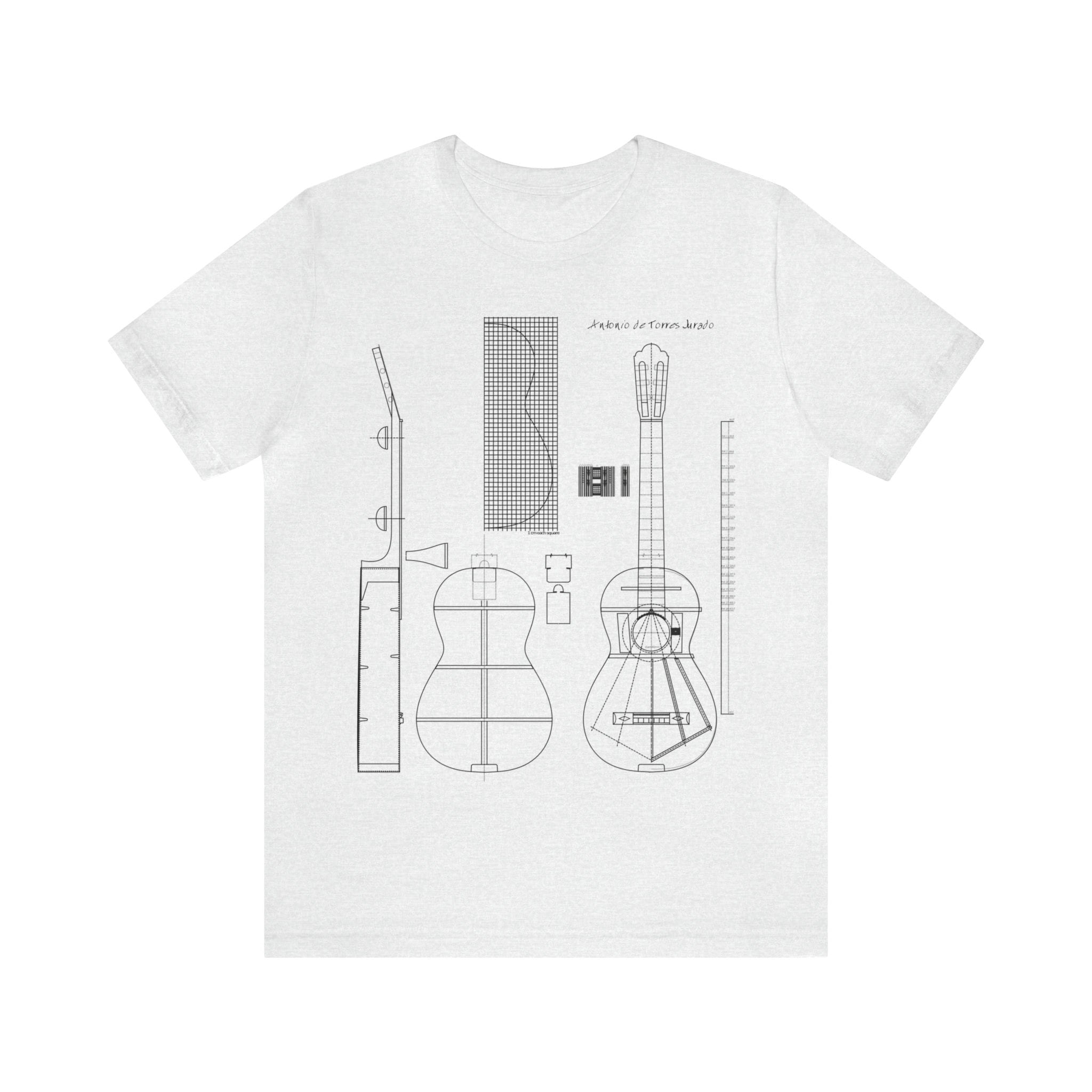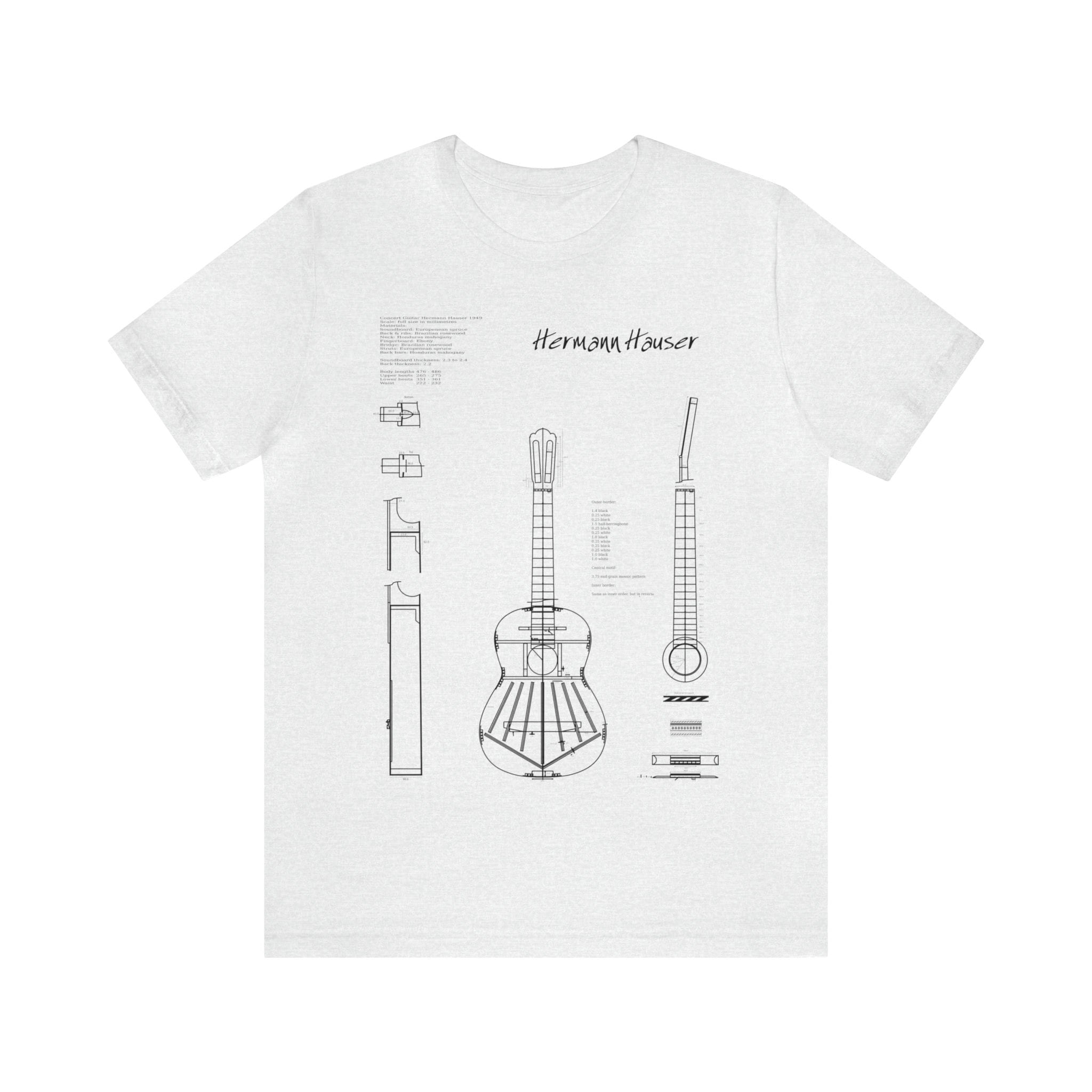When to change your strings?
- When the color of the bass strings turns brown (indicating oxidation).
- When you notice that the winding of the bass strings is notched where it makes contact with the frets.
- When the open string, followed by the twelfth fret harmonic of the same string, does not produce a true octave.
- When running your finger under the high E string, it no longer feels smooth. The high E string is the most vulnerable and should be changed twice as often as the G and B strings. Generally speaking, the frequency of string changes is proportional to your playing frequency, as well as the acidity and amount of your sweat.”
The options 1, 2, and 4 can indicate that the strings need to be changed, but they are not universal signs of string change. The string can be oxidized or nicked without losing its sound quality, and sweat and acidity can vary from person to person.
Option 3 is a more reliable sign of string change. If the string does not produce a correct octave when played open and at the twelfth fret, this may indicate that the string is worn and needs to be replaced. However, this can also be due to other factors such as poor instrument setup or playing technique.
In general, it is recommended to regularly change guitar strings, as worn strings can affect the sound quality of the instrument and make playing more difficult. The frequency at which strings need to be changed depends on many factors, such as how often the instrument is used, environmental conditions, and personal preferences. As a general rule, it is recommended to change strings every 2-3 months for regular players.
It’s important to note that this is just a general guideline, and some guitarists may prefer to change their strings more frequently or less frequently depending on their individual preferences and playing style. Additionally, some guitarists may choose to change their strings more frequently before performances or recording sessions to ensure that they have the best possible sound. Ultimately, the decision of when to change guitar strings should be based on a combination of factors, including the player’s personal preferences, the condition of the strings, and the desired sound and feel of the instrument.
Classical Guitar






